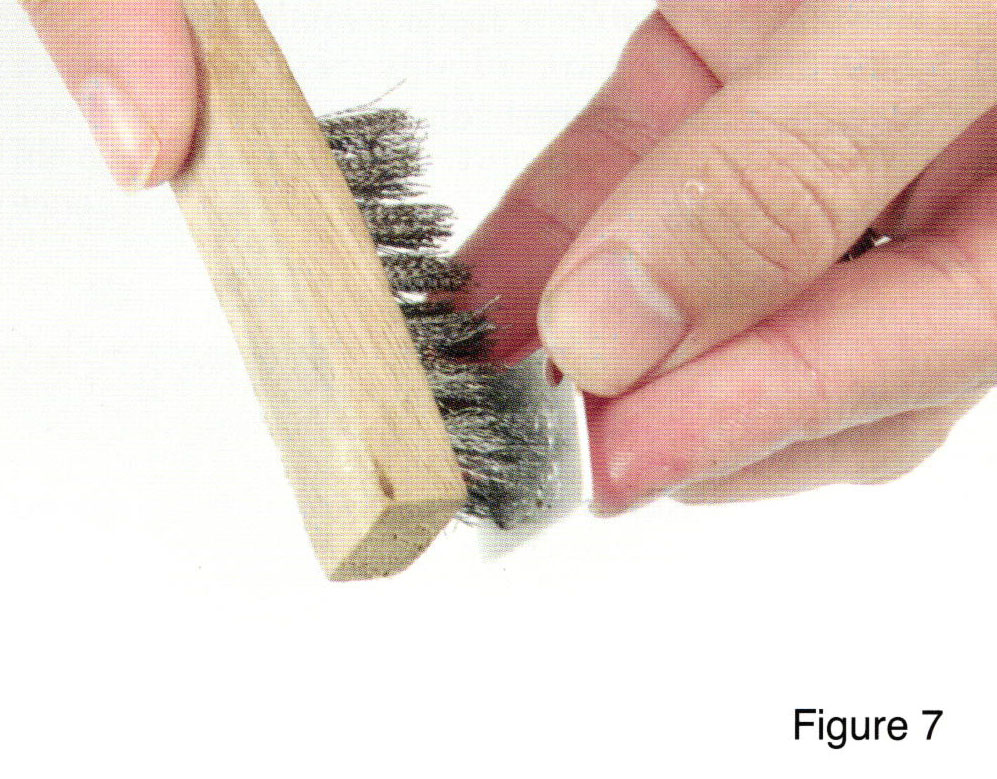De-Enameling and Other Myths
2 Minute Read
Up until quite recently if asked "How do you remove enamel from silver?" the answer was "with great difficulty." The methods available were not particularly helpful. Thermal shock involves heating the piece and then dropping it into cold water. It will remove some, but not all the enamel Grinding off the enamel with diamond drill bits chews up the silver and leaves your piece a mangled mess. The only other method I knew of involved the use of highly corrosive and dangerous acids. So, when asked how to precede my advice was always, "Learn to love whatever you got".
And then I received a very enlightening email from Priscilla Vasso. She had learned a simple and effective way of removing enamel from master engraver Gilberto Mazzotti of Brazil, and she was kind enough to share it. Finally, after years of experimentation, de-enameling is no longer a myth! Can the Loch Ness monster be far behind?
Supplies:
Table salt
Cream of Tartar
Water
Brush
Kiln
Piece to be de-enameled
Heat your kiln to enamel fusing temperature (1450 to 1500 degrees). Mix together equal parts table salt and cream of tartar (both available in the baking aisle of the grocery store) and add enough water to make a thick paste. (fig 1) Apply the paste to the enamel to be removed, covering it completely. (fig 2) Place the piece in the hot kiln and fire it for 2 minutes. The paste will flame up, smoke and turn black. (fig 3, 4,5) It doesn't smell very good. You may want to have a vent fan going. Use a heat resistant glove and a pair of tweezers to remove the hot piece from the kiln and drop it immediately into a bowl of ice cold water.
As the blackened paste comes off of the silver, it will take the enamel with it. (fig 6) Use a stiff steel wire brush to brush off any of the black stuff that remains. (fig 7) If there is a lot of enamel to remove, you may have to repeat this process a couple of times.
Note: You can NOT selectively remove enamel using this method. Leaving the paste off of parts of the piece may prevent the enamel from being completely removed, but the enamel will still be destroyed. You will need to clean the whole piece off and start again.
Pam East is a metal clay artist and enamelist. She operates www.pinzart.com, a webstore specializing in metal clay and enameling tools and supplies. The aboue article is an excerpt from her new book "Enameling on Metal Clay" and is now available on her website, bookstores, and from Thompson Enamel.
You assume all responsibility and risk for the use of the safety resources available on or through this web page. The International Gem Society LLC does not assume any liability for the materials, information and opinions provided on, or available through, this web page. No advice or information provided by this website shall create any warranty. Reliance on such advice, information or the content of this web page is solely at your own risk, including without limitation any safety guidelines, resources or precautions, or any other information related to safety that may be available on or through this web page. The International Gem Society LLC disclaims any liability for injury, death or damages resulting from the use thereof.
The All-In-One Jewelry Making Solution At Your Fingertips
When you join the Ganoksin community, you get the tools you need to take your work to the next level.
Trusted Jewelry Making Information & Techniques
Sign up to receive the latest articles, techniques, and inspirations with our free newsletter.
